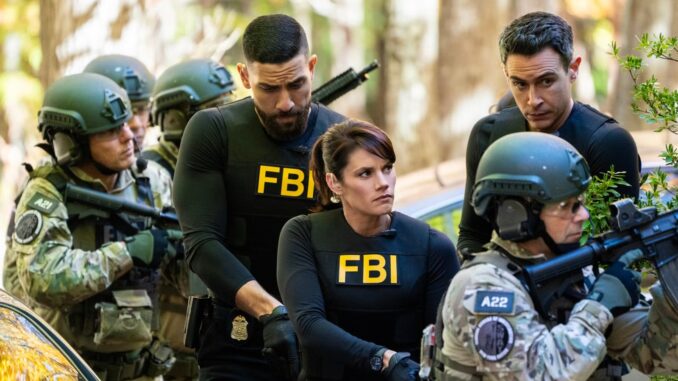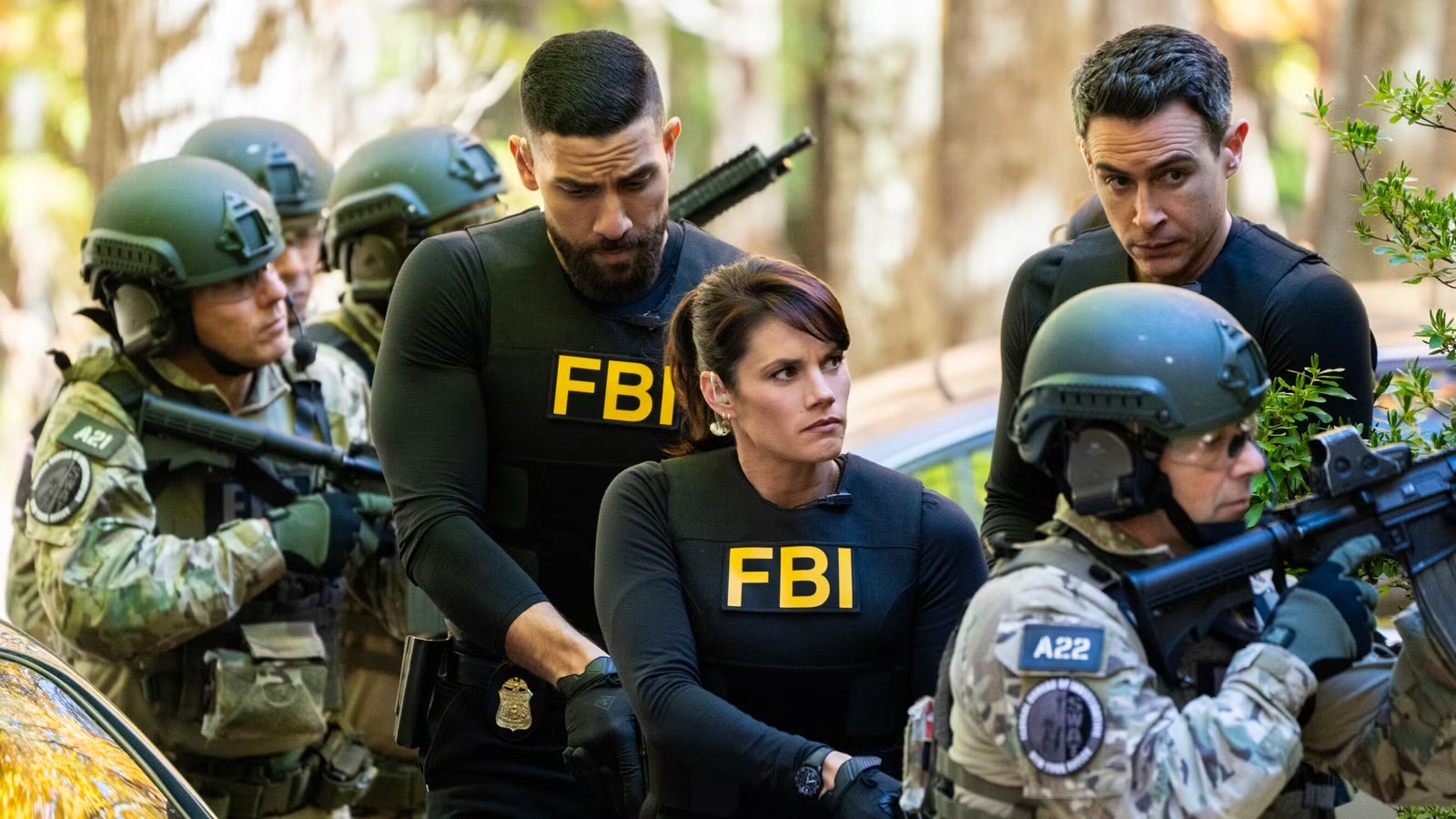
The Unspoken Language: How “FBI” is Setting the Stage for OA & Maggie’s Much-Clamored Romance
In the high-stakes, adrenaline-fueled world of the FBI’s New York office, partnerships are forged in fire and trust is a currency more valuable than gold. For Special Agents Omar Adom “OA” Zidan and Maggie Bell, their professional bond has long been the unshakable bedrock of the flagship FBI series. Yet, as the show progresses, subtly weaving through its intense procedural narratives, an undeniable shift has begun. The “4th Show” – interpreted here not as a new spin-off, but as the deepening narrative currents of the original series’ later seasons – appears to be meticulously setting the stage for the romance that fans have clamored for, hinting at a transition from partners in crime-fighting to partners in life.
From the very first episode, OA and Maggie’s synergy was palpable. They move with an almost telepathic understanding, anticipating each other’s actions, finishing sentences, and offering silent comfort in the face of unspeakable tragedy. This profound professional respect and loyalty is, ironically, the strongest foundation for a potential romance. It’s not a superficial attraction, but a bond forged through shared trauma, life-or-death decisions, and unwavering mutual support. We’ve seen them literally put their lives on the line for each other countless times, a level of intimacy and vulnerability that far surpasses mere friendship. The illustrative moments are countless: the way OA instinctively covers Maggie’s six, the immediate concern in Maggie’s eyes when OA is in jeopardy, the shared sigh of relief after a case is closed. These aren’t just partners; they are two halves of a whole, operating in perfect sync.
Beyond the battlefield, the show has increasingly explored their emotional lives, often using their separate romantic entanglements to highlight their unique connection. OA’s relationships, whether with Gemma or more recently Mona, have felt, to many viewers, secondary or even temporary compared to the enduring, deep-seated bond he shares with Maggie. Similarly, Maggie’s journey through grief and recovery following her husband’s death has seen OA as her most consistent and unwavering support. He was there during her darkest hours, offering comfort that transcended professional courtesy. The subtle glances, the lingering touches, the vulnerability shared in quiet moments away from the squad room – these are the brushstrokes with which the show paints a picture of deepening affection.
Perhaps the most potent “stage setting” came in the wake of Maggie’s near-fatal sarin gas exposure. This dramatic event served as a narrative crucible, forcing both characters, and the audience, to confront the depth of their feelings. OA’s palpable fear and despair during her critical condition, and his overwhelming relief upon her recovery, were not merely the reactions of a concerned colleague. They were illustrative of a man whose world had nearly crumbled with the thought of losing the person most central to his professional and, arguably, personal existence. Maggie’s subsequent struggle with PTSD and her return to duty further emphasized their reliance on each other, with OA providing a unique understanding and protection that no one else could. These are the moments when the line between platonic and romantic love blurs, revealing a bond that transcends labels.
The “much-clamored” aspect of this potential romance cannot be overstated. Modern television is often a dialogue between creators and audience, and the sustained fan interest in an OA and Maggie coupling has created a powerful undercurrent. Showrunners are keenly aware of what their viewers desire, and the deliberate pacing – the “slow burn” – often intensifies that desire rather than diminishing it. The narrative choices, such as keeping both characters unattached for significant periods, or presenting their external relationships as somewhat less fulfilling, serve to clear the path for their inevitable collision. It’s a calculated dance, teasing the audience with glimpses of what could be, while building the emotional gravity required for such a momentous shift in their dynamic.
In conclusion, the “4th Show” era of FBI has moved beyond simply showcasing an exemplary partnership; it has begun to explore its profound emotional depths. Through a history of unwavering loyalty, shared trauma, intimate vulnerabilities, and a clear responsiveness to fervent fan desire, the narrative elements are meticulously aligning. OA and Maggie’s journey from platonic partners to something more has been a slow, deliberate unfolding, each episode adding another layer to their unspoken language. The stage is not just set; it’s intricately dressed, awaiting the moment when these two remarkable agents finally acknowledge the truth that their hearts, and the audience, have long known: their partnership is destined to evolve into a love story.

